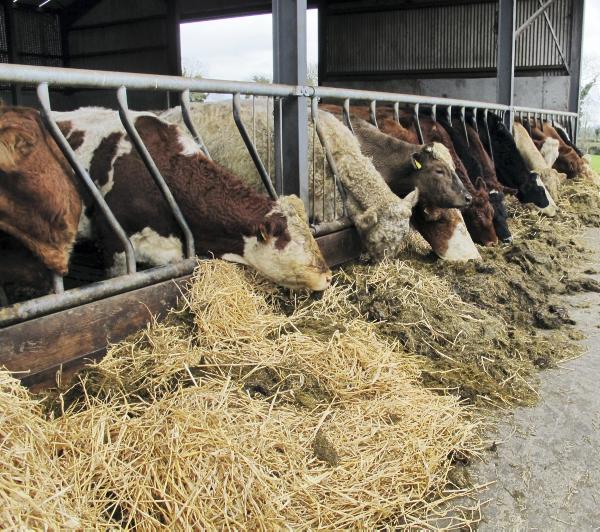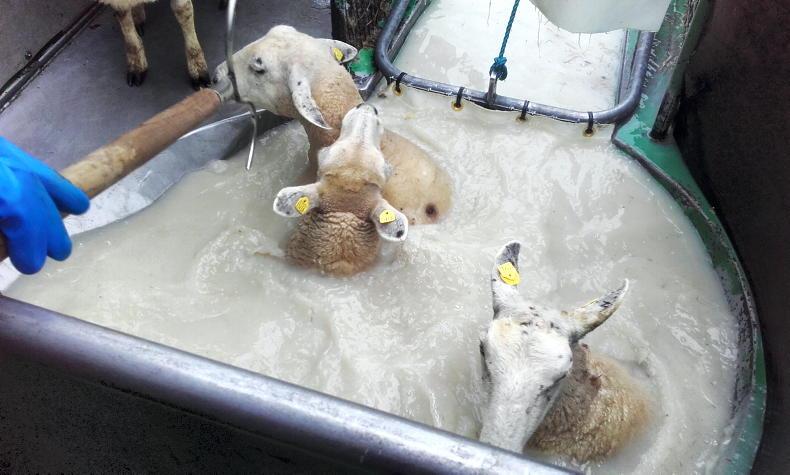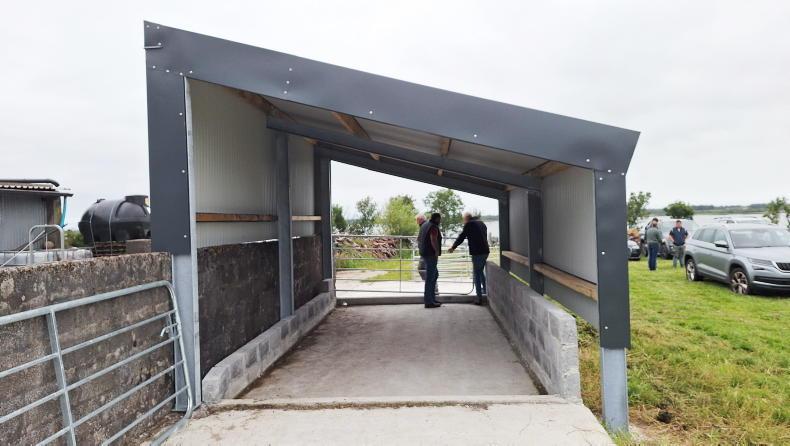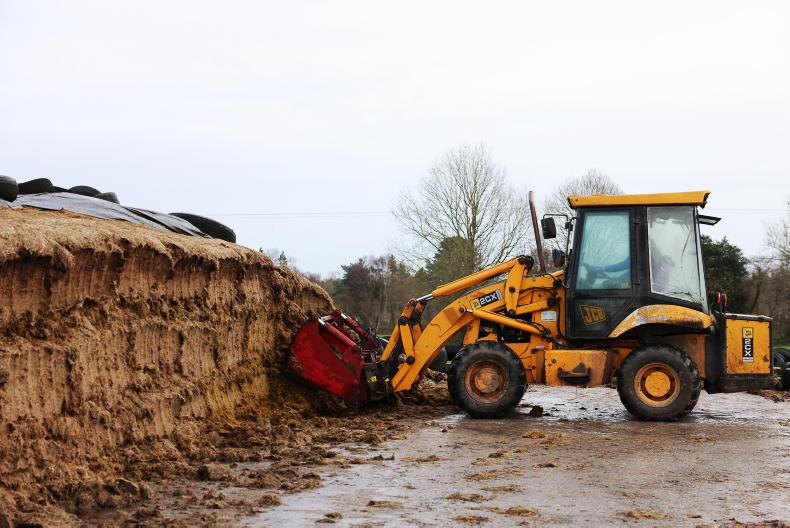With the autumn breeding season drawing to an end, the workload on the programme farms will start to increase early in January as the calving season for spring calving herds gets underway.
As a method of increasing herd output, the focus on the farms has been to tighten the calving patterns. While a tight calving pattern will place pressure on both labour and housing facilities for a brief period, the benefits will outweigh any problems experienced.
Having a more even group of calves from a tight calving spread eases herd health management as routine vaccinations can be given on the same day to all calves. In addition, there is less of a disease build-up in the calving pens compared with calving over a prolonged period.
Having cows scanned in advance of housing and condition scoring cows has enabled the programme farms to group dry spring calving cows together based on feeding requirements. Some farms are housing cows on outfarms before bringing them home for calving.
Tighter calving
Working in a tighter calving period makes better use of farm labour and resources as cows can be moved to and from outfarms in larger groups, according to calving date, over a short time period.
In a spread out calving pattern, cows will be constantly moving to and from outfarms.
Often, just one or two animals will be moved which is not an efficient use of time or resources.
Dry cows in body condition scores of 2.5 and higher are being fed restricted silage where quality is 70 DMD or better. Cows in body condition score greater than 2.5 have had silage restricted by 5kg to 10kg per day, depending on quality.
Where feed space is limited, silage is being fed to appetite on some of the farms for two days, then replaced with a straw only diet on the third day.
At silage quality of 64 to 68 DMD, cows are being fed to appetite along with straw and dry cow minerals.
Few cows on the farms are below BCS 2.5, but any cow lacking condition has been fed ad-lib silage and 0.25kg/day of barley.











SHARING OPTIONS